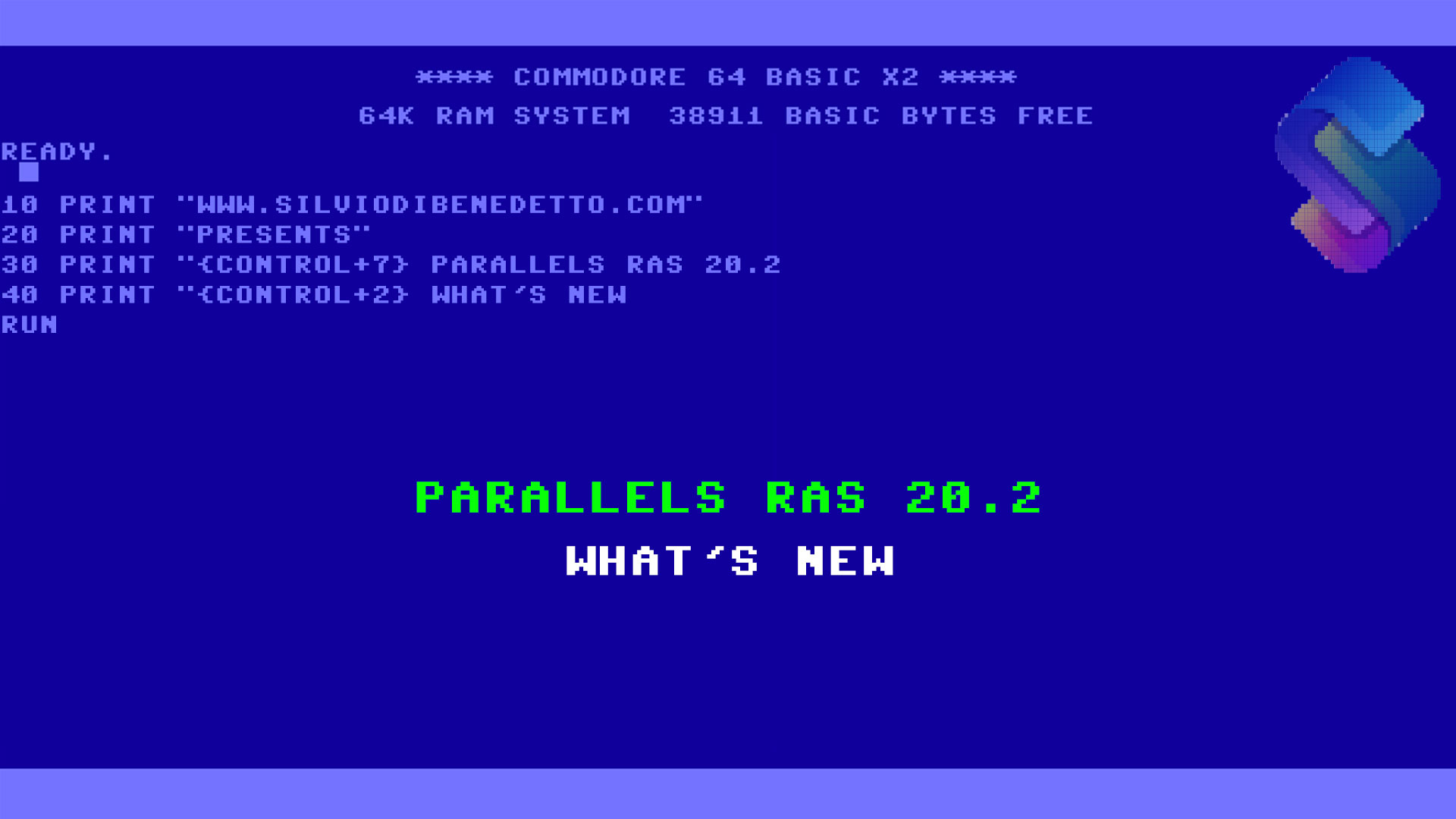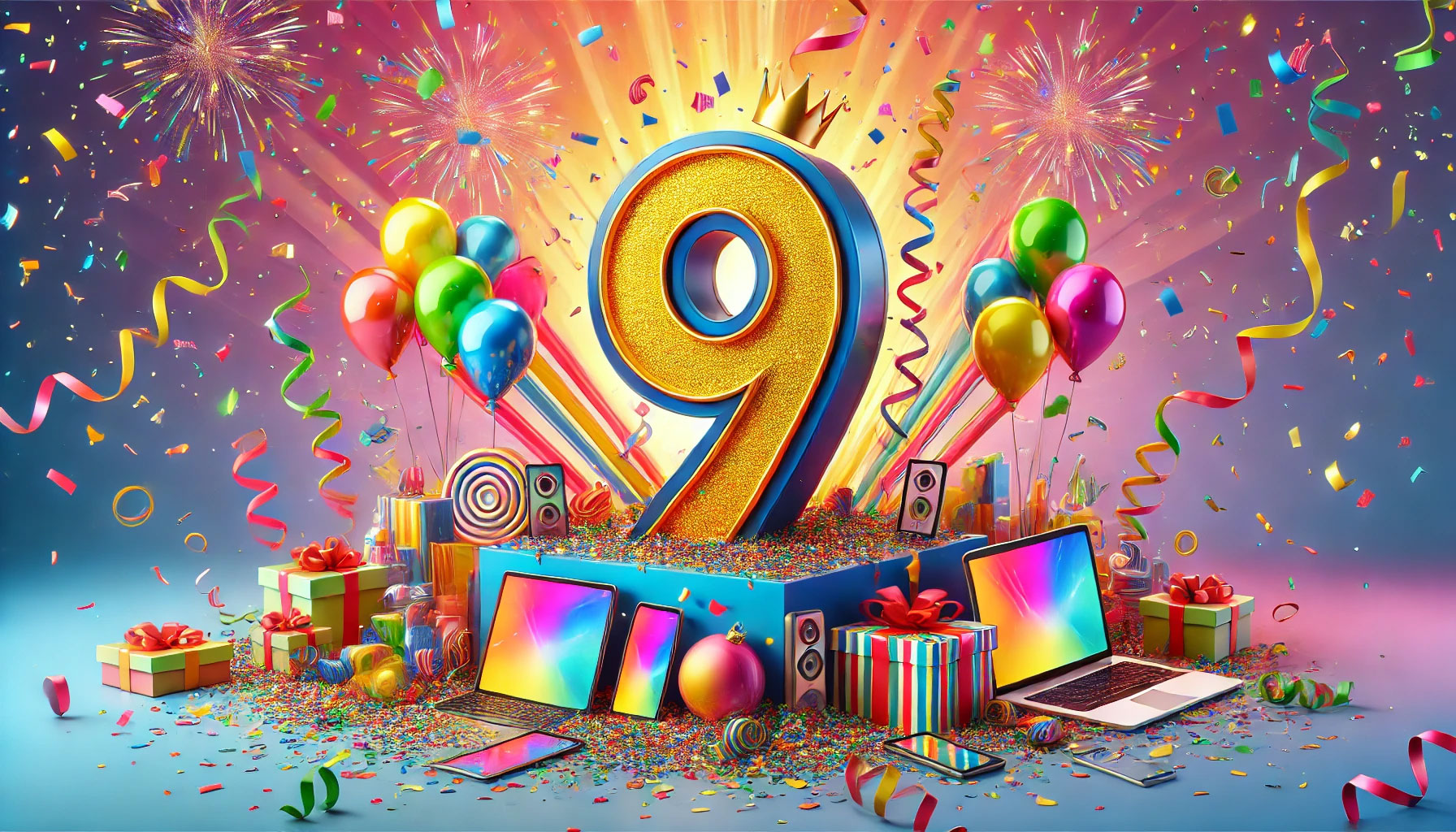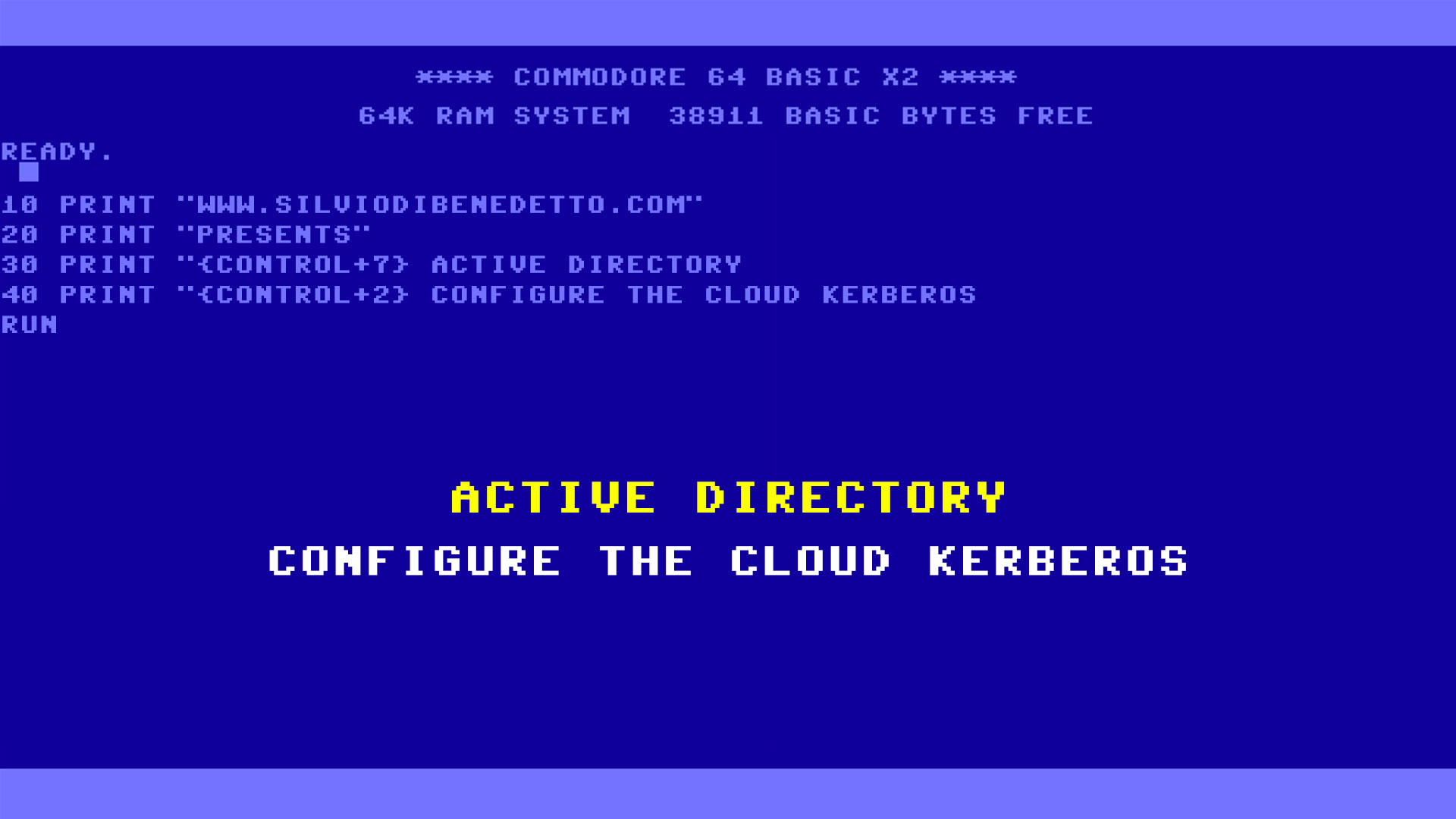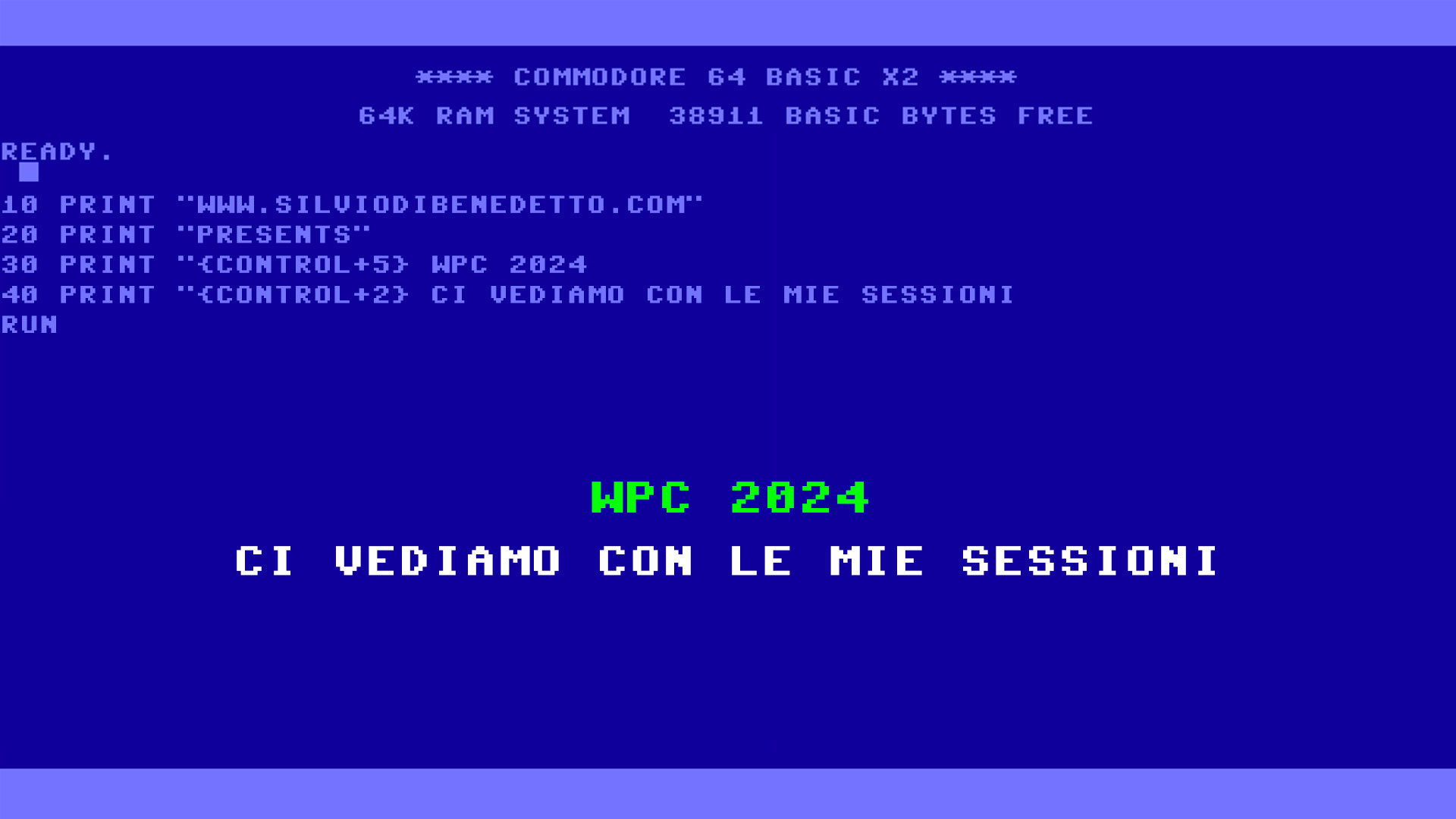Time is over guys! After 10 years, few of the most important Microsoft products are going in end of support. Windows 7, Windows Server 2008, Windows Server 2008 R2, Exchange Server 2010 and SharePoint Server 2010 are not more supported.
From company prospect, Windows 7 and Windows Server 2008 R2 were two of the most stable and complete operating system after the disaster of Vista and Windows Server 2008. From users prospect, Windows 7 was the best product ever made by Microsoft about UX and stability.
From my point of view, I saw few big problem with these products since 2009 but all of them are not more ready for new generation in terms of security, requirements and reliability.
What it means?
The end of support means everything and nothing but at the end of movie, there are three pillars:
- No Patch: Microsoft will not provide new patches to fix issues or packages to improve performance, compatibility or similar.
- No Support: if you have an issue, the only way to receive support is from community because the technical support will not help you
- No Integration: Microsoft as well as third part vendor, will not more support these platforms in terms of integration. For example, the new backup applications will not support legacy operating system.
GDPR Prospect
In terms of security, the impossibility to fix an operating system, or an application, is a big issue for compliance and security so this can generate a real problem for GDPR. The Article 24 tells that “the data owner must provide the best possible to keep safe and secure the information“, so if the operating system cannot be fixed for a bug, means that there’s a breach into the procedure.
Extended Security Updates
Migration from Windows 7 to Windows 10 should be mandatory but if your company is not able to achieve this goal, there’s a plan B called Extended Security Updates (ESU) that provide security patches up-to three years; the solution is available for large company and small as well – with or without Software Assurance. For small companies, the ESU is available starting one single PC.
For who have yet Windows Server 2008 R2 or SQL Server 2008 R2, there’s the possibility to extend the support similar like Windows 7:
- Extended Security Updates in Azure: Customers who migrate workloads to Azure Virtual Machines (IaaS) will have access to Extended Security Updates for both SQL Server and Windows Server 2008 and 2008 R2 for three years after the End of Support dates for no additional charges above the cost of running the virtual machine. For many customers, this is an easy first step before upgrading or modernizing with newer versions or services in Azure. Those that decide to move to Azure SQL Database Managed Instance (PaaS) will also have access to continuous security updates, as this is a fully managed solution. Customers do not need Software Assurance to receive Extended Security Updates in Azure.
- Extended Security Updates for on-premises or hosted environments: Extended Security Updates will also be available for workloads running on-premises or in a hosting environment like another cloud provider. Customers running SQL Server or Windows Server under licenses with active Software Assurance under an Enterprise Agreement (EA), Enterprise Subscription Agreement (EAS), a Server & Cloud Enrollment (SCE), an Enrollment for Education Solutions (EES), or Subscription can purchase Extended Security Updates annually for three years after End of Support date.
Eligible customers can use the Azure Hybrid Benefit (available to customers with active Software Assurance or Server Subscriptions) to obtain discounts on the license of Azure Virtual Machines (IaaS) or Azure SQL Database Managed Instance (PaaS). These customers will also have access to Extended Security Updates for no additional charges above the cost of running the virtual machine.
ESU can only be purchased under EA, EAS or SCE. ESU can’t be purchased under Open, Select or MPSA, however it can be applied to servers licensed with active SA or subscription under these programs. Product licenses and Software Assurance do not need to reside on the same enrollment. However, customers cannot purchase Extended Security Updates outside of the EA, EAS, SCE, EES, or Subscription licensing programs.
Migrate to Windows Server 2019
As I said many times, there’s no more chance to migrate from 2008 R2 to 2019 but if you have a File Server, it is possible move your data easily thanks to Windows Admin Center and Storage Migration Services.
If you are interested, check this article.
Remember, to migrate the Domain Controller you must create a new machine and move the FSMO roles to new DC. The upgrade in-place is not supported. Same history for Certification Services or IIS, so don’t try to do unexpected tasks.
The Others
For Exchange Server and SharePoint Server the time is really over. There’s no way to receive support from ESU. Similar like Windows Server 2008 and SQL Server 2008.
Coming Up
The 2020 will be the end also for other important product: Office 2010. In October the product will going in EOS and this means much more that you can expect because Microsoft will remove the support for Basic Authentication from Office 365 (Exchange Server 2019 doesn’t support yet Office 2010).
So if you have Office 2010 in your infrastructure, it’s very important plan to migrate to new solutions and maybe evaluate the great migration to Office 365.
#DBS






